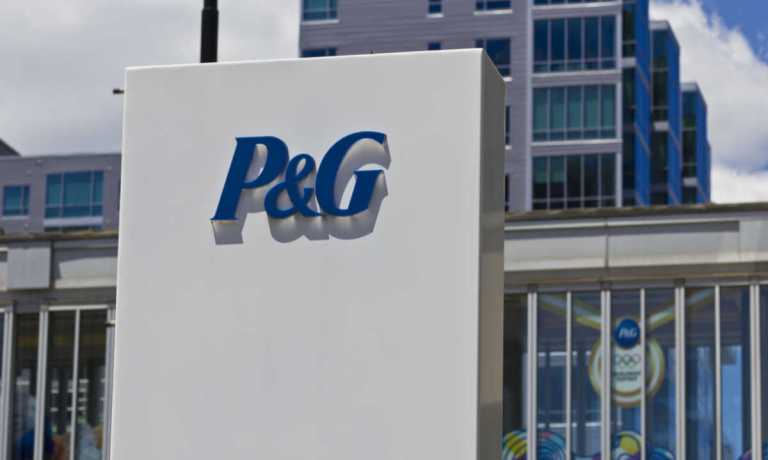
As prices rise, many consumers have been seeking out lower-priced alternatives for the products that they need every day, but consumer packaged goods (CPG) brands are pushing back on the idea that shoppers’ shift to private-label goods must hurt their own market share.
On a call with analysts Wednesday (Oct. 19) discussing the company’s financial results for the first quarter fiscal year 2023, which ended Sept. 30, Procter & Gamble (P&G) Chief Financial Officer Andre Schulten cited the example of the company’s family care business. P&G recently introduced more lower-priced options, and the company’s sequential share is holding steady.
“So, there is no direct link of private-label growth and us not being able to continue to hold our share position or even expand our share position,” Schulten said. “Overall, trade down within our portfolio is the design. That’s why we have created different value tiers; that’s why we have created different pack sizes. So, some level of consumer shifting is expected.”
Also on Wednesday, Nestlé reported its sales for the first nine months of 2022. The food and beverage (F&B) giant contended that it actually has an advantage over private-label brands amid rapid inflation when it comes to profit margins.
“Inflationary pressure impacts all players in the industry, including private labels, and actually the pressure is typically more pronounced for private labels, since input costs typically represent a higher proportion of their sales,” Nestlé Chief Financial Officer François-Xavier told analysts. “So, as a consequence, what we have seen since the beginning of the year is private-label owners had to implement significantly higher percentages of increase than branded products. It was typically around two times more than what we did.”
Roger noted that the recent growth of private label is more than just a result of rising food prices; it also marks a return to pre-pandemic behaviors. He pointed out that private-label sales took a hit during the worst stages of the virus and asserted that the uptick in the category marks, in part, a “normalization of their supply chains” in the aftermath of the early parts of the pandemic.
Still, consumers are certainly looking for lower-priced options. Research from the August edition of PYMNTS’ Consumer Inflation Sentiment study “Consumer Inflation Sentiment: Inflation Slowly Ebbs, but Consumer Outlook Remains Gloomy,” found that 62% of grocery shoppers said they had cut down on nonessential spending in response to rising prices. Plus, 48% had switched to cheaper merchants, and 37% had opted to buy lower-quality offerings.
Since the time of that survey, grocery prices have only risen, increasing another 0.6% between August and September. While the addition of more items at entry-level price points can help slow the shift away from name brands, the fact remains that grocers have been seeing greater strength in their private-label offerings, suggesting that at least some grocery shoppers have turned away from their previous favorite brands in favor of cheaper alternatives.